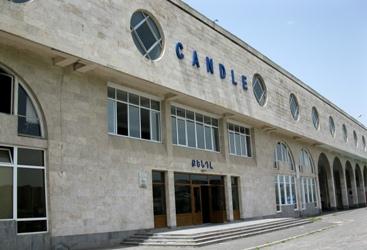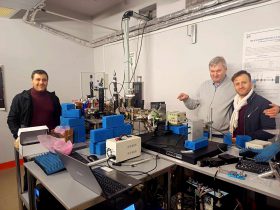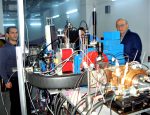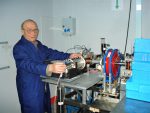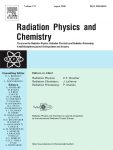June 27, 2020
The latest experimental results of ultrafast irradiation effects on semiconductors obtained by the research team headed by Prof. Hrant Yeritsyan have been published in a high rating (Impact Factor 2.1) Elsevier journal “Radiation Physics and Chemistry” (H. Yeritsyan et al, “Introduction rates of radiation defects in electron irradiated semiconductor crystals of n-Si and n-GaP”, RADIAT PHYS CHEM, v. 176, 2020, 109056).
The work is carried out at AREAL laser driven electron accelerator (CANDLE) by the joint scientific group from A. I. Alikhanian National Science Laboratory and CANDLE Synchrotron Research Institute.
A substantial amount of experimental and theoretical data has been accumulated concerning the determination of modifications in the properties of semiconductor materials and devices that have been irradiated by high-energy particles. However, the induction rate of radiation defects in semiconductors and the differences between them have been missed from the considerations. The current paper addresses this gap by using ultrashort electron beam pulses of AREAL facility to provide an improved explanation of the physical nature of the ultrafast irradiation influence on the semiconductor parameters.
From an applied perspective, the changes induced by high energy irradiations in semiconductors and devices are characterized by modifications in their electro-physical properties: specifically, the concentration, mobility and lifetime of the charge carriers. It is shown that there is a substantial difference in the introduction rate of radiation defects in Si and GaP samples that contain different types, and concentrations, of impurities, and also when ultrafast electron irradiation is used. This work provides the first analysis of energy and dose dependences of the introduction rate of radiation defects in crystalline silicon by applying ultrafast electron irradiation with sub-picosecond duration pulses.




